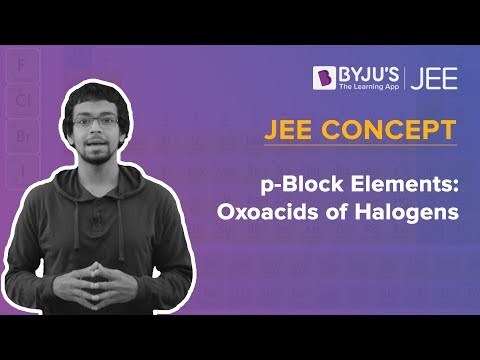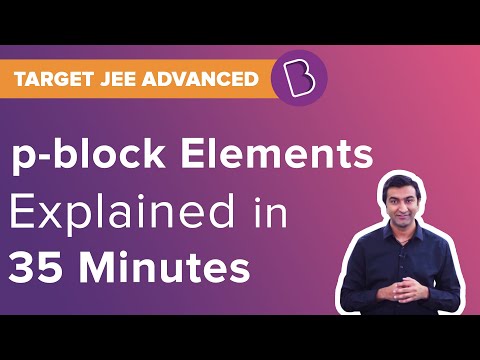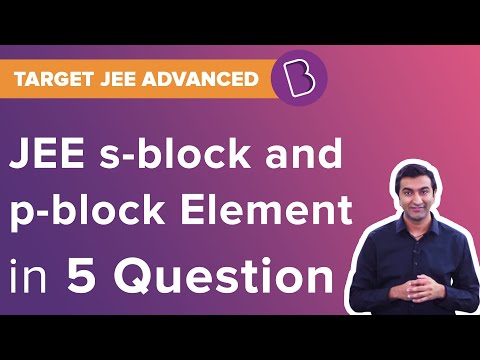According to the CBSE Syllabus 2023-24, this chapter has been removed from NCERT Class 11 Chemistry textbook.
In the periodic table, there are six groups of p-block elements from 13 to 18 with an electronic configuration ns2np1–6. It has all types of elements such as metalloids, non-metal, and metal. Their chemical and physical properties are highly influenced by the difference between the inner core of their electronic configuration. The lighter elements of the group have a quite stable group oxidation state. The heavier elements form dπ–dπ or dπ–pπ bonds and have more stable lower oxidation states. Whereas the lighter elements form pπ–pπ bonds. The absence of d orbital in second-period elements has limited their maximum covalence to 4, while heavier ones can exceed this limit.
Group 13 Elements: The Boron Family
- Group Members-boron (B), gallium (Ga), indium (In), aluminium (Al) & thallium (Tl).
- Example of a typical non-metal is Boron and the other members are metals.
For more information on p-Block Elements, watch the below video:

Electron Deficiency in Boron Compounds
An example of a typical non-metal is boron. A fairly rare element, Boron mainly occurs as orthoboric acid, (H3BO3), borax, Na2B4O7·10H2O, and kernite, Na2B4O7·4H2O. Covalent bond formation by using four orbitals (2px, 2s, 2py, 2pz) with the convenience of 3 valence electrons 2s22p1 leads to the electron deficiency in boron compounds. Due to this deficiency, they are a good electron acceptor and therefore behave as Lewis acids. Boranes are formed when boron and dihydrogen form a covalent molecular compound. One simple example is diborane which contains 2 bridging hydrogen atoms between 2 boron atoms.
Some examples of compounds of boron-containing dioxygen are borax and boric acid.
- Boric acid – a weak monobasic acid that acts as Lewis acid by accepting electrons from hydroxyl ion.
- Borax – a white crystalline solid. The borax bead test gives characteristic colours of transition metals.
| Also Access |
| NCERT Solutions for class 11 chemistry Chapter 11 |
| NCERT Exemplar for class 11 chemistry Chapter 11 |
Few Important Questions
- Explain why boron trifluoride behaves like a Lewis acid.
- Excessive content of CO2 is responsible for global warming. How?
- Justify the amphoteric nature of aluminium by writing the reactions.
- Why do white fumes appear around the bottle of anhydrous aluminium chloride? State a reason.
- Explain why Boron is unable to form BF63– ion?
- Diamond is covalent, yet it has a high melting point. Why?
- What are silicones ?
For more information on p-Block, watch the below videos


Explore more about this chapter and to download Class 11 Chemistry Notes register with BYJU’s right away!
Other Important Links:
| Electronegativity | Periodic Table |
Frequently asked Questions on CBSE Class 11 Chemistry Notes Chapter 11: p-Block Elements
How can ‘p-Block’ elements be defined?
P block elements are those in which the last electron enters any of the three p-orbitals of their respective shells.
What are some of the properties of ‘Boron’?
1. Element Category: Metalloid2. Density: 2.08g/cm33. Melting Point: 3769 F (2076 C)4. Boiling Point: 7101 F (3927 C)
What are some of the uses of ‘Carbon’?
1. 18% of human body is made up of carbon 2. Used in jewellery 3. Used in the manufacture of paints, inks